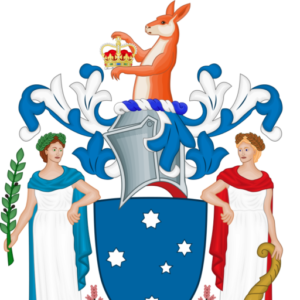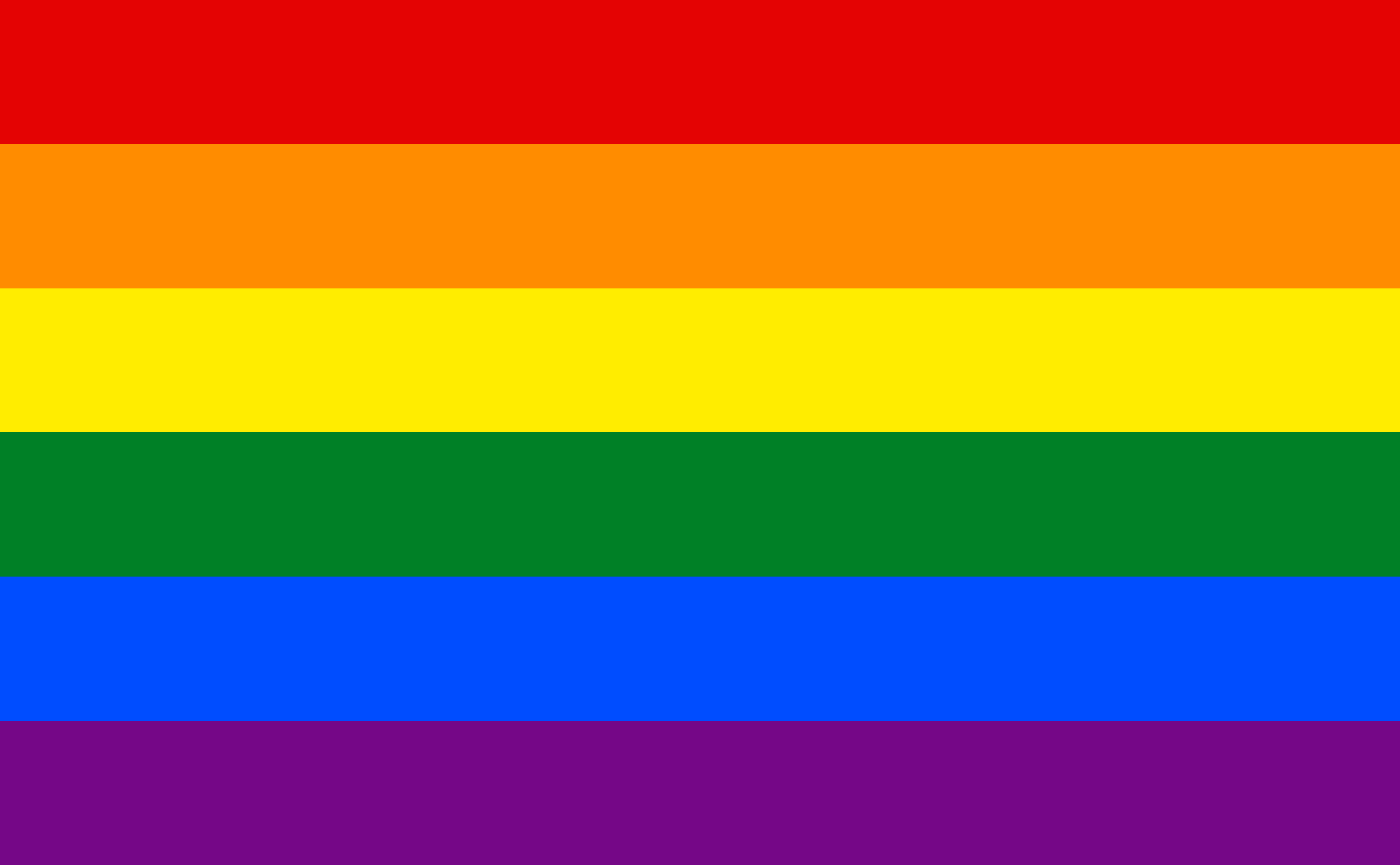INTERNATIONAL SPACE STATION — Tonight, the South Australian-based Australian Air League and tomorrow, Saturday, November 1, Queensland’s Wavell State High School will make contact from the Q-Tech conference with the International Space Station via amateur ‘ham’ radio.
Tonight’s contact is scheduled to take place at 8.29pm ACDT (7.59pm AEDT/0959 UTC) with astronaut Mike Fincke, KE5AIT, who will conduct the contact as NA1SS.
Formed in 1934, the Australian Air League is a youth organisation for girls and boys aged 8 years and older that encourages an interest in aviation as a career or hobby among Australian youth.

On Saturday night, November 1, from Queensland’s Q-Tech conference, students from Wavell State High School will speak with NASA astronaut Jonny Kim, KJ5HKP, also using the callsign of NA1SS, commencing at 7.10pm AEST (8.10pm AEDT/0910 UTC).
QTech is an amateur radio-focused conference convened by the Brisbane VHF Group. The conference is scheduled for the 1st and 2nd of November 2025. This conference is held every two years to complement the excellent REAST Ham Radio Conference held in Hobart.
The ARISS amateur radio ground station (telebridge station) for this contact is in Andergrove, Mackay, Queensland, Australia. The amateur radio volunteer team at the ground station will use the call sign VK4ISS to establish and maintain the ISS connection.
VK4ISS can be heard on Echolink via the PC app or by dialling into Echolink from VoIP-equipped repeaters, and can also be monitored directly on 145.800 MHz FM.
The ISS cross-band voice repeater will be offline during the contacts.
Shane Lynd, VK4KHZ, provides the VK4ISS telebridge connections.
Amateur Radio on the International Space Station (ARISS) receives funding from and uses resources of the International Space Station U.S. National Laboratory. ARISS is a member of the Space Station Explorers consortium.
ARISS is a cooperative venture of international amateur radio societies and the space agencies that support the International Space Station (ISS). In the United States, sponsors are the Radio Amateur Satellite Corporation (AMSAT), the American Radio Relay League (ARRL), the International Space Station U.S. National Laboratory and the National Aeronautics and Space Administration (NASA).
Australia is represented by the Wireless Institute of Australia (WIA), the world’s oldest and first amateur radio society, which was formed in 1910.
The primary goal of ARISS is to promote exploration of science, technology, engineering, and mathematics (STEM) topics by organizing scheduled contacts via amateur radio between crew members aboard the ISS and students in classrooms or public forms.
Before and during these radio contacts, students, educators, parents, and communities learn about space, space technologies, and amateur radio. For more information, see www.ariss.org.

























![5909769-orig_2_orig[1]](https://www.victoriannews.com.au/wp-content/uploads/2025/10/5909769-orig_2_orig1.jpg)



